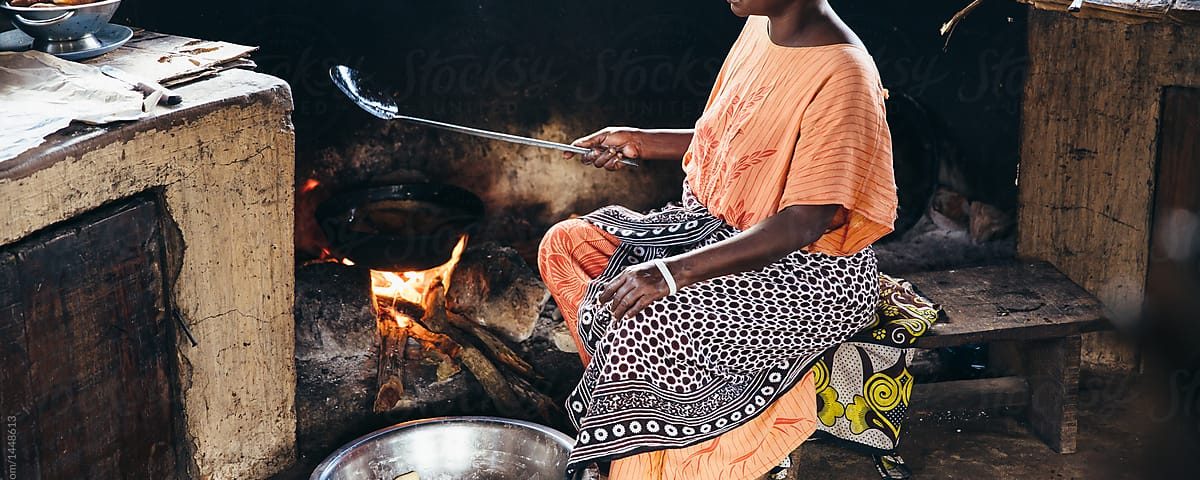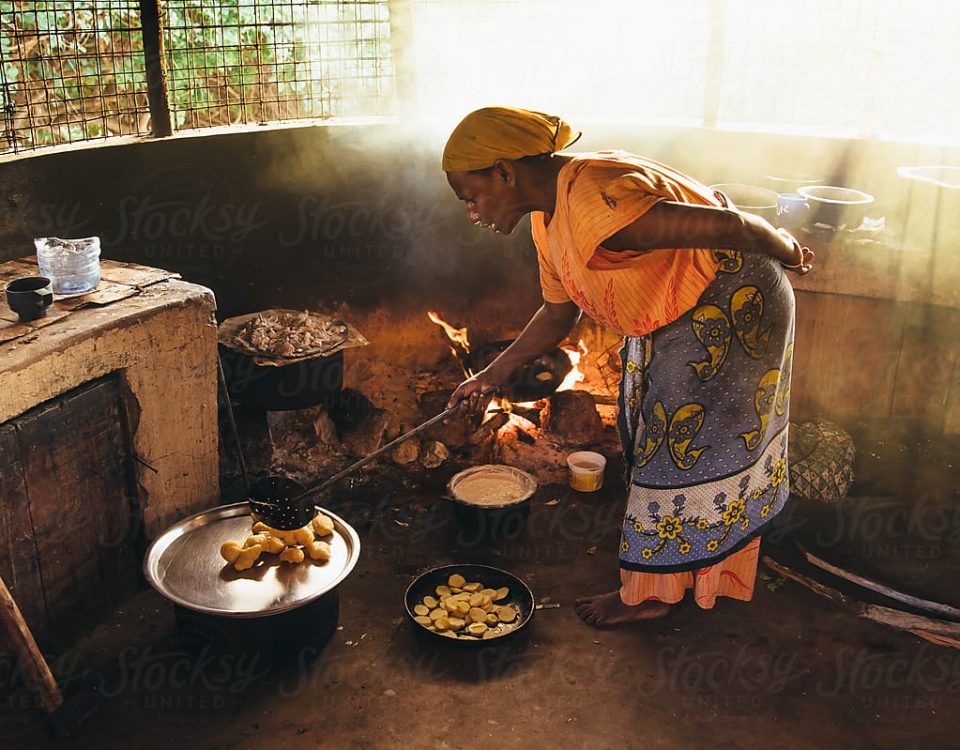You may know your way around the kitchen, but do you also know how to save energy while preparing your favorite meals? Saving energy in the kitchen is easy when you adjust how you use your kitchen appliances and cookware.
Take advantage of energy-saving appliances and techniques. To be more energy efficient while using your oven or stove, follow these energy-saving tips.
1. Preparation Before Cooking
Save energy by making sure you chop up all of your vegetables and have your cooking essentials handy before you turn on your appliances.
2. Proper Cookware
Use the proper cooking tools for the amount of food you are cooking. Toaster ovens, slow cookers, pressure cookers and electric kettles may be a better choice than your oven or stove.
If you’re a cooking expert, flat-bottomed cookware allows for more contact with heating elements, which helps to more effectively heat your pan, says the Department of Energy – Opens in new window. A warped-bottom pot could take 50 percent more energy to boil water than a flat-bottomed pan.
Energy experts recommend copper bottomed pans because they heat up faster than regular pans.

Maximize your cooking efficiency by using proper cookware. Using copper bottomed pans heat up faster.
3. Defrost Your Food First
Defrost food in the refrigerator before cooking it in your oven or stove.
4. Put a Lid On It
Develop a habit of keeping the lids on your pans while cooking. This will allow you to set a lower temperature on your stove while cooking and help decrease the energy use of your stove by up to 66 percent.
5. Match Burner and Pot Sizes
Match the burner and pot size to help reduce heat loss and maximize energy-efficient cooking. For example, if your pan is only 6 inches and you are cooking on an 8-inch burner, more than 40 percent – Opens in new window of your heat will be wasted. If using gas, make sure the flame doesn’t reach around the cookware.
6. Best Bakeware
Use glass or ceramic pans when appropriate. They enable you to decrease your oven’s temperature by 25 degrees and your meal’s will still cook just as quickly.

Cooking in glass or ceramic dish allows you to decrease your oven’s temperature by 25 degrees.
7. Self-Cleaning Options
Start your oven’s self-cleaning function immediately after baking something so that you don’t have to heat up a cold oven.
You also save energy by not using the self-cleaning function more than once a month. According to the Department of Energy, self-cleaning ovens are more energy efficient because they have better insulation.
8. Precise Preheating
With a conventional oven, only preheat for the designated time.
9. Cook Multiple Dishes
If possible, cook multiple dishes in your oven at once. Reheating food in the microwave or toaster oven is more efficient than heating your oven multiple times.

10. Don’t Peek
Your oven’s temperature drops about 25 degrees every time you open the door while cooking. Save energy on oven heating and air-conditioning by not peeking.
11. Alternative Energy-Saving Cooking Options
Consider using your microwave, toaster oven or slow cooker for some of your meals because it uses less energy than a stovetop.
You could consider a slow cooker for some of your soups or stews that would take longer to cook on a stovetop.
Reheating food in a microwave can use up to 80 percent less energy than a standard oven, according to the Department of Energy.
12. Energy-Efficient Appliances
Appliances that are marked with the Energy Star label earn a seal of approval for their energy efficiency by meeting a set of requirements.
13. Save Water and Save Energy
It takes a lot of energy to heat water, so use just enough to get the job done if you’re boiling water. Be sure to measure the water accordingly to help avoid having to heat more water than is needed for your dish.
14. Keep Your Oven Burners Bright
Keep your burners’ grease plates bright and clean, or line them with aluminum foil. This helps to increase energy efficiency by reflecting heat upward.

15. Leftovers
An overstuffed refrigerator is inefficient. Be sure not to crowd your shelves too much. An overly stocked or crowded refrigerator can create warm spots and cool spaces, leading to food spoilage. Let your guests take home leftovers, if needed. Reheat your leftovers in a microwave or toaster oven to save energy.
16. Cut Cooking Time Early
Turn off the oven or stove heat a few minutes before the designated time. Your cooking appliance will retain the same temperature without investing more energy into heating itself, and food will continue to cook until the unit cools down.



